How To Exfoliate Your Face And Body: A Handy Guide
Explore the key aspects of face and body exfoliation to unveil your inner glow.
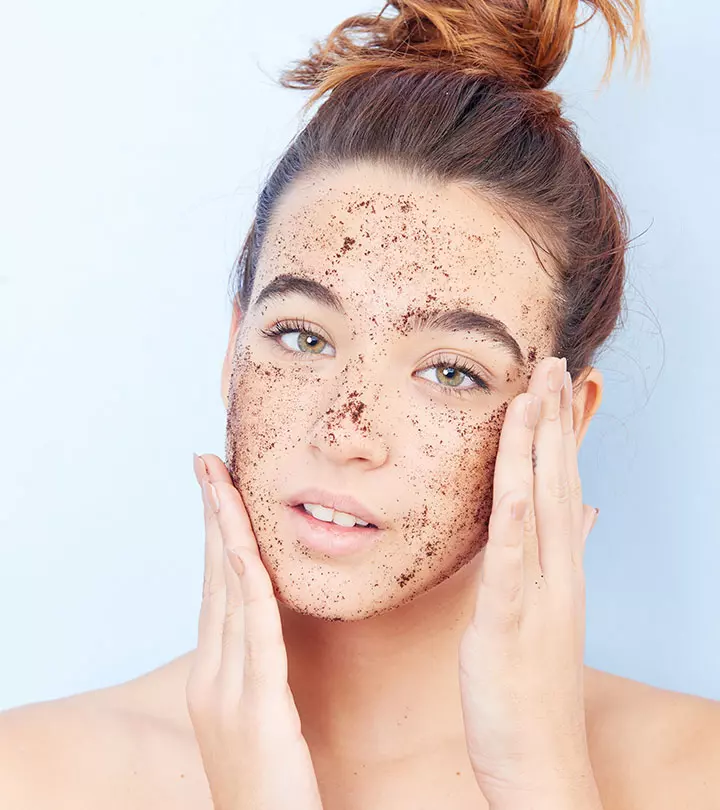
Image: Shutterstock
Exfoliation is a pivotal part of the skin care ritual. However, it is often ignored by many. Most of us still do not know how to exfoliate the skin properly. Proper exfoliation can keep your skin younger, healthier, and radiant. And exfoliating the wrong way can damage the skin.
If you are new to the exfoliation process or clueless about the right way to exfoliate, we can help. This article provides a comprehensive guide on exfoliating your skin the right way. Keep reading.
In This Article
What Is Exfoliation?
Our skin keeps on rejuvenating and repairing itself. Unfortunately, this can lead to the buildup of dead skin cells over time. This is why exfoliation is essential.
Exfoliation is the process of removing old, dead skin cells and excess corneocyte buildup that cling to the skin’s outermost layer. It improves the overall quality and tone of the skin and stimulates cell turnover, resulting in a more polished, smoother, translucent surface.
According to a 2023 global survey, 39% of consumers from 48 surveyed markets invested in face care products like exfoliators. Out of these consumers, 31% were from the U.S, 33% were from Great Britain, 38% from France, and 28% from Germany.
Watch the following video and learn easy and efficient ways to exfoliate your skin in the comfort of your home. Explore easy-to-follow techniques and tips for achieving rejuvenated skin that is glowing. Click play to know more.
You can use a chemical or physical exfoliant on your skin. Here is a quick run-through of the basic differences between physical exfoliation vs. chemical exfoliation to help you figure out the best method for your skin.
Key Takeaways
- Exfoliation is the process of eliminating old and dead skin cells that attach to the skin’s outermost layer.
- You can obtain soft, youthful, and glowing skin by using skin exfoliators after cleansing.
- Stop exfoliating if you develop redness, rashes, irritations, or allergic reactions.
- Remember to talk to your dermatologist about which exfoliating products are best for your skin type.
Skin Type Guidance
It is essential to be aware of the right exfoliation method for your skin type to avoid irritation and achieve the best results. Here are some pointers.
- Dry Skin: Opt for gentle physical exfoliation with scrubs that contain fine, non-abrasive particles, or use chemical exfoliants with hydrating ingredients like lactic acid. This will help remove dead skin without further drying out your skin.
- Oily Skin: Pick chemical exfoliants, particularly those with salicylic acid (BHAs), which work well to penetrate pores and clear excess oil. Physical exfoliation can also be effective but ensure choosing a product with smooth granules to avoid damaging your skin.
- Sensitive Skin: Stick to gentle chemical exfoliants like mandelic acid or fruit enzymes, as they exfoliate without causing irritation. Avoid physical exfoliants with rough particles and scrubbing aggressively.
Always test any exfoliating product on a small patch of skin first to ensure it suits your skin type. Scroll down to read about different types of exfoliation.
Types Of Exfoliation
1. Physical Exfoliation
This involves using skin care tools, such as a sponge, cotton towel, or brush, to eliminate the dead skin cells. You can also apply gels or scrubs with microbeads or sugar granules to even out the skin texture.
A few products for physical exfoliation include topical cleansing scrubs containing abrasive solid particulates, mechanical facial brushes, sonicating devices, and mildly abrasive cosmetic tools, such as micro-exfoliating rollers.
Physical exfoliation causes immediate skin peeling and can help maintain a visible radiance.
2. Chemical Exfoliation
This process involves the use of chemicals, such as alpha hydroxy acids (AHAs) and beta hydroxy acids (BHAs), or enzymes that help loosen the glue-like substance that holds the dead skin cells together.
Mandelic acid is a good choice for gentle exfoliation if you have sensitive skin. It helps reduce oiliness, shine, and hyperpigmentation (1), (2). This ingredient is also beneficial for photodamaged and aging skin.
Glycolic acid peels can minimize acne scars, melasma, and photoaging (3). Salicylic acid can help eliminate dead cells, unclog pores, and treat acne (4).
Note: More than 10% to 15% concentrations in AHAs and 2% in BHAs require professional administration. However, concentrations below this can be safely used at home.
The skin’s ability to constantly repair itself can cause the buildup of dead skin cells. This can lead to dull and damaged skin. Moreover, if the dead skin layer is not removed properly, your skin care products will not sink deep to make any visible difference.
Why Should You Exfoliate Your Skin?
- Helps brighten and smoothen your skin by removing the dead, dull skin cells.
- Improves the appearance of your skin and makes it healthy from the inside out.
- Prevents pore-clogging, acne spots, blackheads, and whiteheads.
- Fades acne scars, hyperpigmentation, blemishes, and signs of aging.
- Plays a central role in waxing and shaving. The dead skin cells are responsible for ingrown hairs and acne breakouts during the hair removal process. Exfoliating before waxing can leave your skin smooth and soft. Do not do both procedures on the same day, though. Exfoliate your skin 3-5 days before hair removal.
The next section explains the different tools you can use to exfoliate your skin.
Best Tools For Exfoliation
- Natural Exfoliants
You can prepare an exfoliant at home with two tablespoons of pure virgin coconut oil and half a teaspoon of coffee grounds. Alternatively, you can also prepare homemade sugar scrubs by replacing coffee grounds with granulated sugar. Mix all the ingredients to form a smooth paste. Massage your skin with the paste in small, gentle, circular movements. Rinse with lukewarm water and apply a moisturizer. You can also make an oatmeal and baking powder natural scrub for your body. Be cautious with the coconut oil if your skin is acne-prone.
 Quick tip
Quick tip- Washcloth
Always use a washcloth to exfoliate your face and body instead of a sponge or towel, as they can be rough on the skin.
- Dry Brush
You can also use a high-quality dry brush and exfoliating gloves for scrubbing your skin in gentle circular movements. Choose a dry brush that features soft, boar bristles, a firm handle, and an ergonomic design.
- Bath Brushes
Invest in a good bath brush to exfoliate your body. If your bath brush is made of a wooden handle, keep it outside the shower when not in use to prevent the formation of mildew.
Let’s dive deep to understand how you can exfoliate your face and body the right way.
How To Exfoliate Your Skin
Face
Follow these steps while using a physical exfoliant:
Step 1: Washing your face with a cleanser.
Step 2: Apply a quarter-sized amount of the physical exfoliant to your face.
Step 3: Gently massage your face in circular motions for 30-60 seconds. Make sure to avoid the eye area.
Step 4: Rinse with lukewarm water and pat dry with a clean, soft towel.
Step 5: Follow up with a hydrating mask, serum, or cream.
Here are the steps to follow while using a chemical exfoliant:
Step 1: Wash your face with a cleanser.
Step 2: Apply a small amount of the chemical exfoliant all over your face and neck. Avoid areas around the eyes and the mouth.
Step 3: Let it get completely absorbed into the skin. Use your fingers to gently massage your face in circular movements.
Step 4: Rinse your face with lukewarm water.
Step 5: Follow up with a serum or cream.
Note: Some chemical exfoliants or peels work similar to masks. Make sure to read the product label and rinse off the product within the stipulated time.
Body
Follow these steps for exfoliating your body:
Step 1: Clean your body with a mild soap or shower gel.
Step 2: Exfoliate your body under a warm, steamy shower. The warm water can help soften the skin, open up the pores, and remove the dead skin cells easily.
Step 3: Scrub your arms, legs, thighs, tummy, chest, and hips and slough off any dead skin. Do not forget the elbows, armpits, ankles, knees, and heels. These regions tend to accumulate dirt and impurities and appear dark and rough.
Step 4: Wash your body with lukewarm water and pat dry with a towel.
Step 5: Apply body lotion or oil to keep your skin moisturized.
 Quick tip
Quick tipOver-exfoliation is also not preferred for healthy skin. This begs the question of how often should you exfoliate your skin? The ideal frequency of exfoliating your face and body depends on your skin type. Keep reading to know more.
How Often Should You Exfoliate?
The frequency of exfoliation hinges on the skin type and the chosen exfoliation method. Generally, exfoliating 1-3 times per week suffices for most. Individuals with sensitive or dry skin might benefit from less frequent exfoliation. If you have such a skin type, then try aiming for once a week to avoid irritation or over-drying.
On the contrary, those with oily or acne-prone skin might need to exfoliate up to 3 times weekly to manage excess oil and prevent clogged pores. Physical exfoliants, like scrubs, should be used more sparingly to prevent skin irritation. On the other hand, chemical exfoliants such as AHAs or BHAs can often be used more frequently depending on their concentration and your skin’s tolerance.
Also, remember that exfoliating too frequently can damage your skin, leading to irritation, dryness, and redness. It strips away too much of the skin’s natural oils, weakening its barrier and making it more susceptible to breakouts and environmental damage. Always pay attention to your skin’s reaction and adjust accordingly.
Here are a few situations when you must avoid exfoliating your skin.
When Should You Not Exfoliate?
- Ask your dermatologist which exfoliant to use if you have inflammatory acne, rosacea, or hypersensitive skin. Exfoliation is not recommended for dry, flaky, and sensitive skin types.
- Do not exfoliate in the evening as the skin repairs itself at night, leaving a layer of dead skin cells that you will want to remove again in the morning.
- Never exfoliate your skin after waxing, laser, bleach, or peeling treatments.
- Do not over-exfoliate your skin. This can cause damage and make your skin dry and flaky. Exfoliating your skin twice or thrice a week is enough. Always follow up with a moisturizer after the scrubbing procedure to prevent dryness.
- Stop exfoliating if you experience redness, rashes, irritations, or allergic reactions.
Here are some preventive measures to keep in mind while exfoliating your face and body.
What Precautions Should Be Followed When Exfoliating?
- Do a patch test before using any exfoliating products, especially chemical exfoliants, to prevent any adverse effects, such as burning and irritation. Make sure your chemical exfoliant has AHA concentration of 10% or lesser and a pH above 3.5 (5). Also, a salicylic acid-based product must contain sunscreen (6). Otherwise, do not forget to apply a sunscreen after using BHAs, as they make your skin sensitive to the sun.
- Choose the right product that is suitable for your skin type. Otherwise, you might develop micro-tears on the skin surface, which can help the bacteria enter and cause inflammation, clogged pores, and scarring.
- Remember that your face and neck skin are more fragile than the skin on the rest of your body. Hence, in most cases, you might need different exfoliants.
- Do not leave the exfoliant on your skin for too long or too short a time. Stick to the package instructions and consult your dermatologist for the recommended course of action, irrespective of the exfoliation method.
- Do not forget to apply a hydrating product and let your skin soak the much-needed moisture.
- Ensure to apply the right amount of pressure to eliminate the dead skin cells. Use gentle strokes on your face for about 30 seconds with your fingertips or exfoliating tool. Make short, light strokes if you are using a brush.
- Scrub your lips while exfoliating your face. You do not want scaly lips and glowing skin!
- Avoid exfoliating if you have wounds, cuts, or sunburns.
Exfoliating helps remove dead skin, making you look soft, fresh, and beautiful. Your skin’s cell turnover slows down as you become older, making it appear damaged and worn out. Exfoliation revitalizes your dull, aged skin. It also allows skin care products like moisturizers and serums to penetrate deeper into the skin.
Scrubbing away dead skin also helps to avoid acne, excess sebum, and other skin problems. To avoid side effects like burning and irritation, do a patch test before using any exfoliating products, especially chemical exfoliants. Consult your dermatologist to learn which exfoliating products are best for your skin type.
Frequently Asked Questions
Is it better to exfoliate dry or wet skin?
It is better to exfoliate wet skin as the skin will be softer when it is damp. It will help avoid friction when you scrub.
Is toner an exfoliant?
Toner helps exfoliate and hydrate the skin. There are exfoliating toners that are gentle on the skin and you can use them daily.
References
Articles on StyleCraze are backed by verified information from peer-reviewed and academic research papers, reputed organizations, research institutions, and medical associations to ensure accuracy and relevance. Read our editorial policy to learn more.
- Mandelic acid a lipophilic alpha hydroxy acid reduces lipid production enhances exfoliation and provides clinical and patient perceivable benefits to oily and photodamaged skin
https://www.jaad.org/article/S0190-9622(20)31574-7/fulltext - Effects of Topical Mandelic Acid Treatment on Facial Skin Viscoelasticity
https://pubmed.ncbi.nlm.nih.gov/30513536/ - Glycolic acid peel therapy – a current review
https://www.ncbi.nlm.nih.gov/labs/pmc/articles/PMC3875240/ - Salicylic acid as a peeling agent: a comprehensive review
https://www.ncbi.nlm.nih.gov/pmc/articles/PMC4554394/ - Alpha Hydroxy Acids
https://www.fda.gov/cosmetics/cosmetic-ingredients/alpha-hydroxy-acids - Beta Hydroxy Acids
https://www.fda.gov/cosmetics/cosmetic-ingredients/beta-hydroxy-acids
Read full bio of Dr. Nermeen Bedair
Read full bio of Arshiya Syeda
Read full bio of Ramona Sinha
Read full bio of Monomita Chakraborty







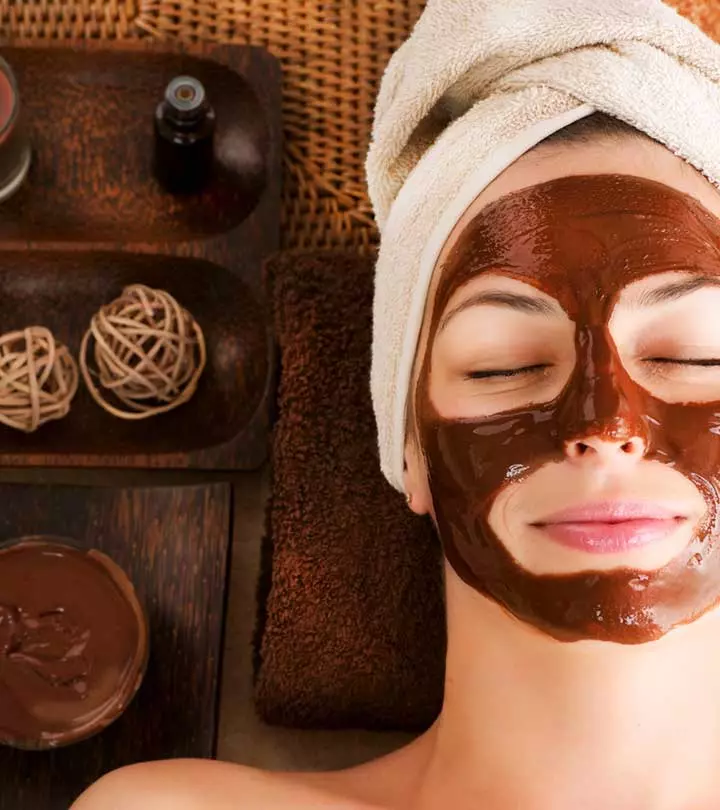
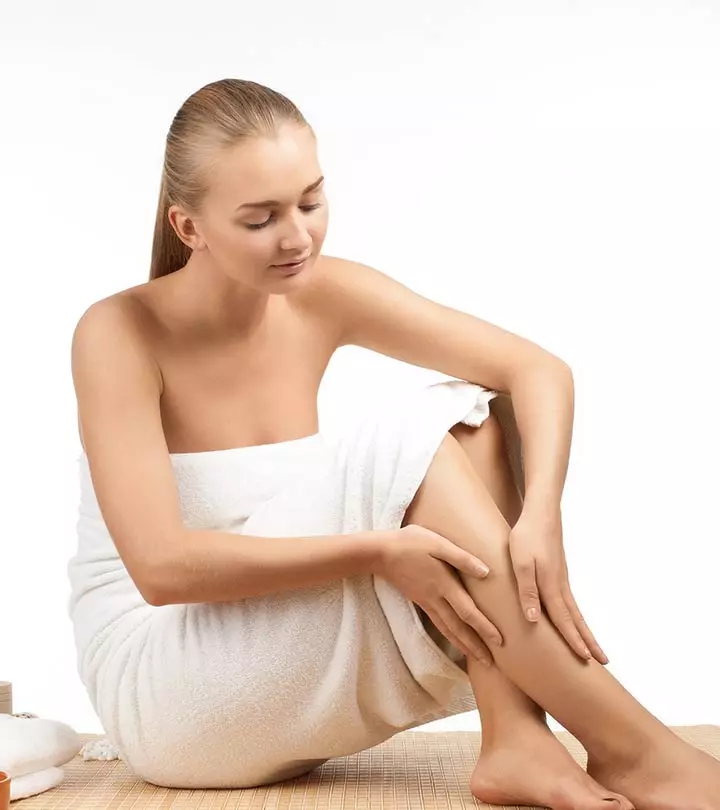


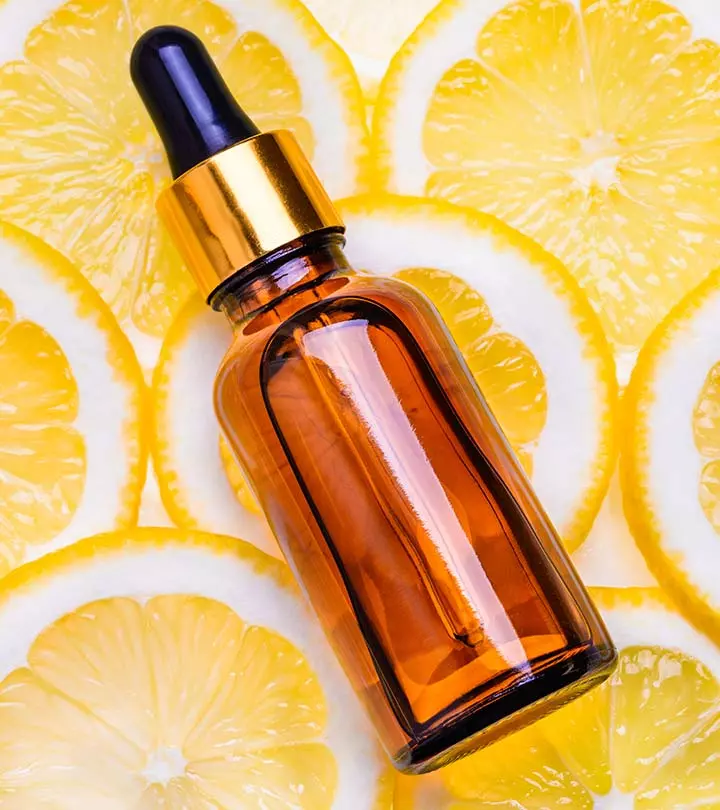
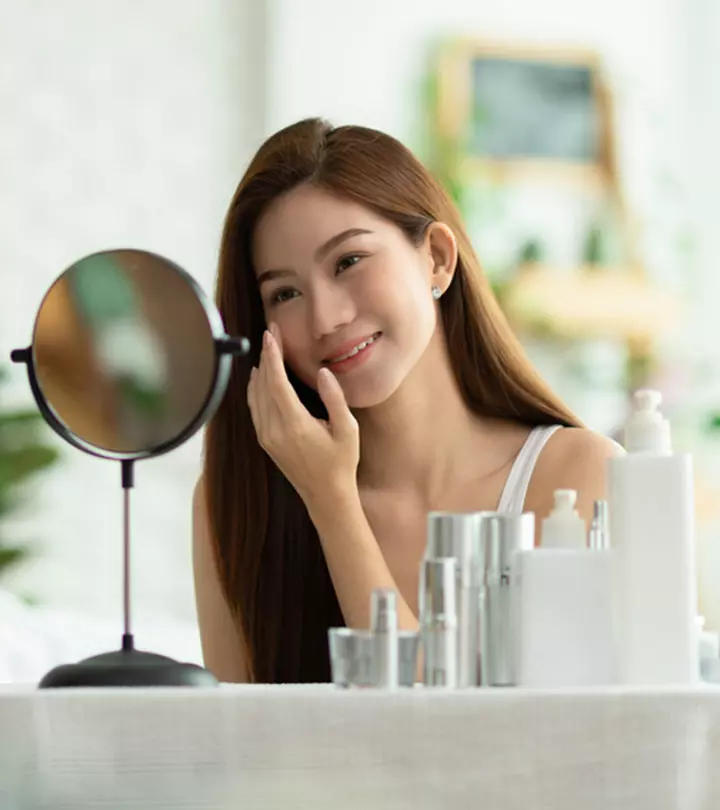


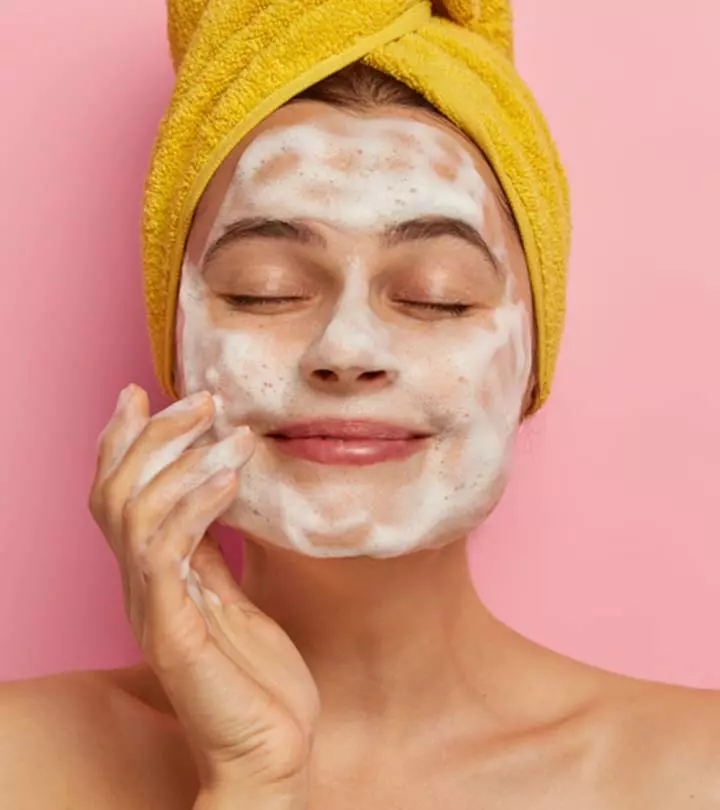
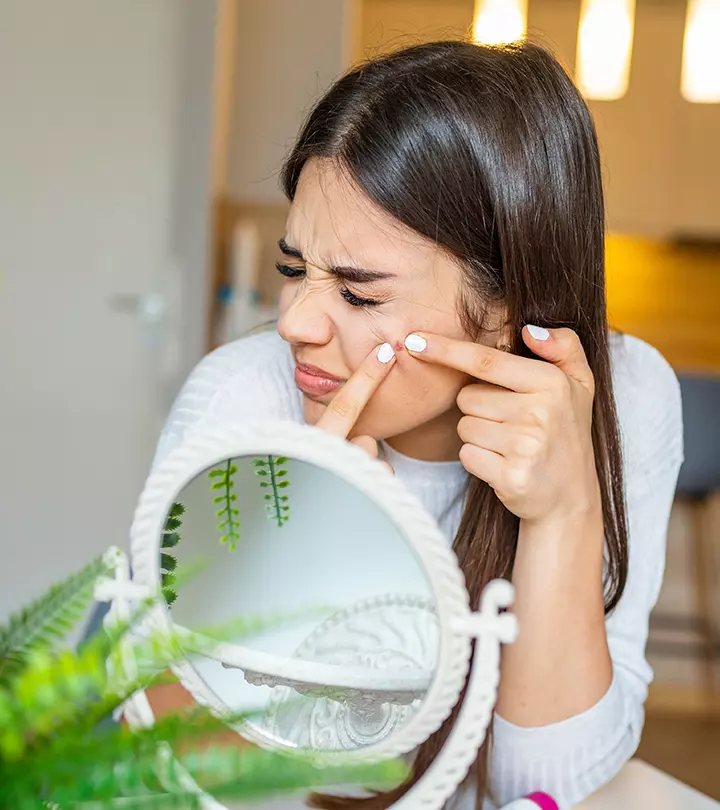
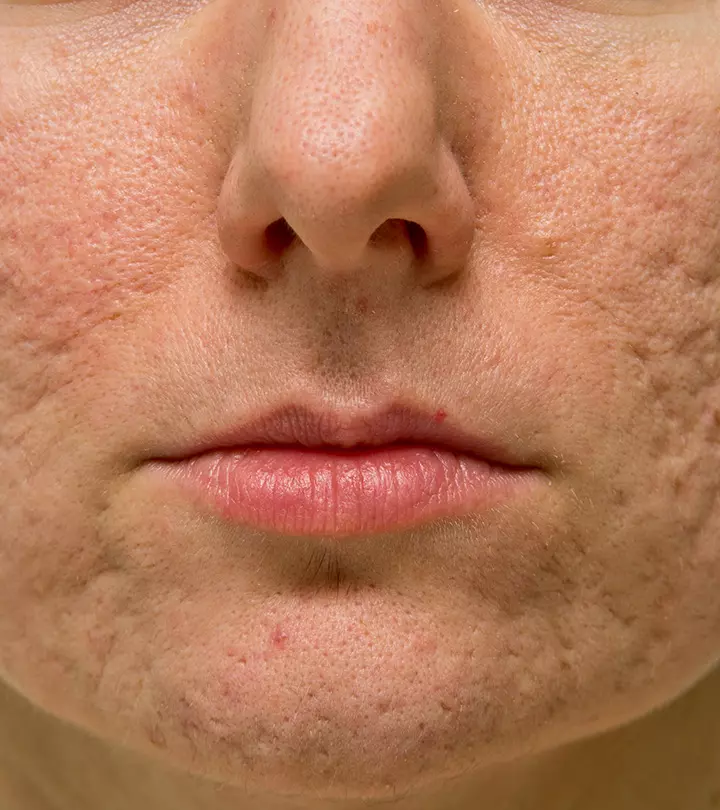



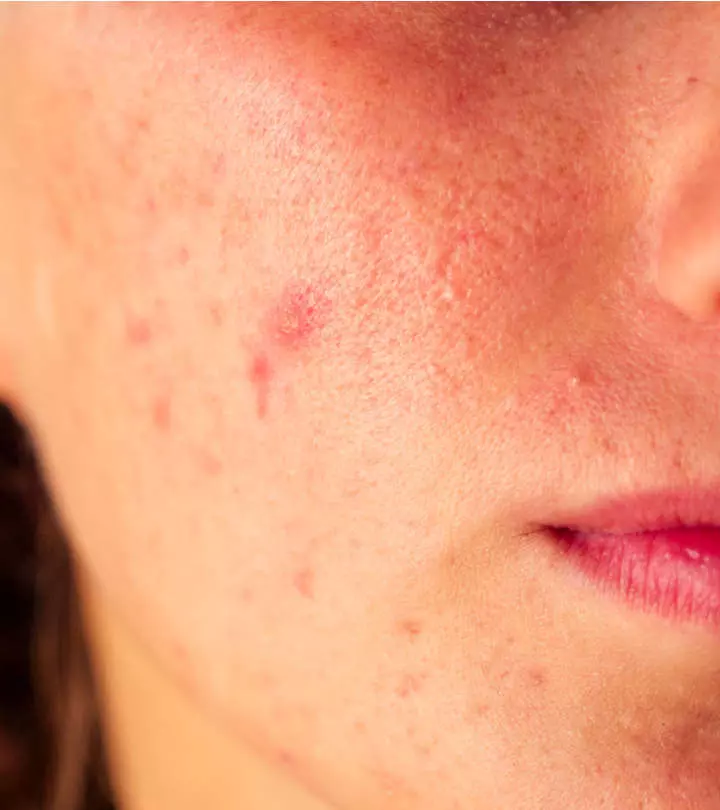
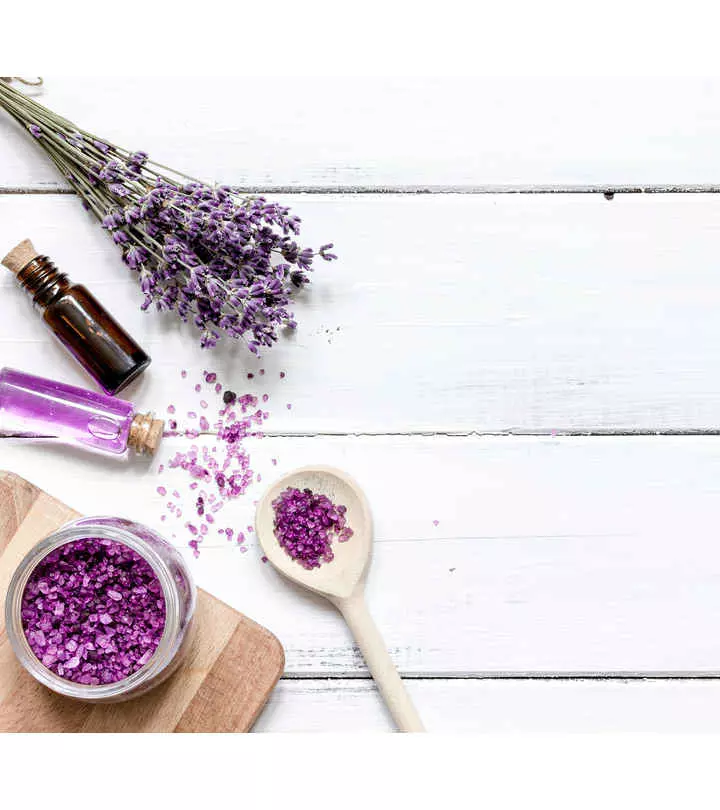
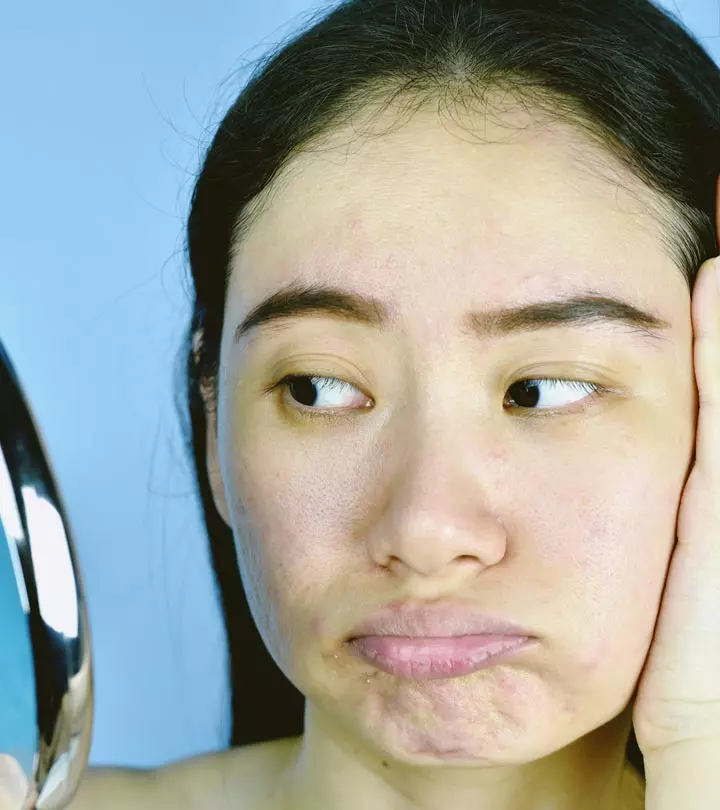
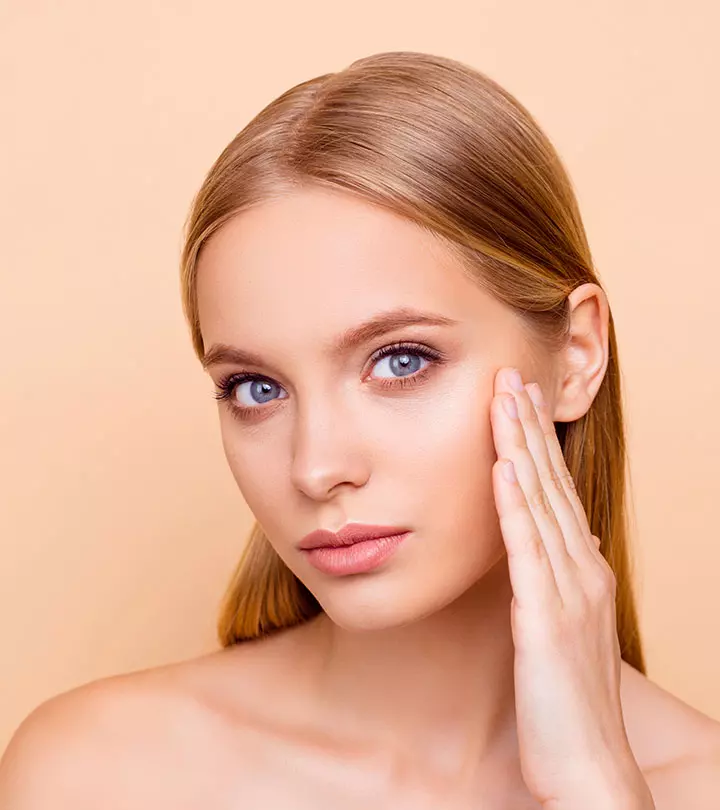
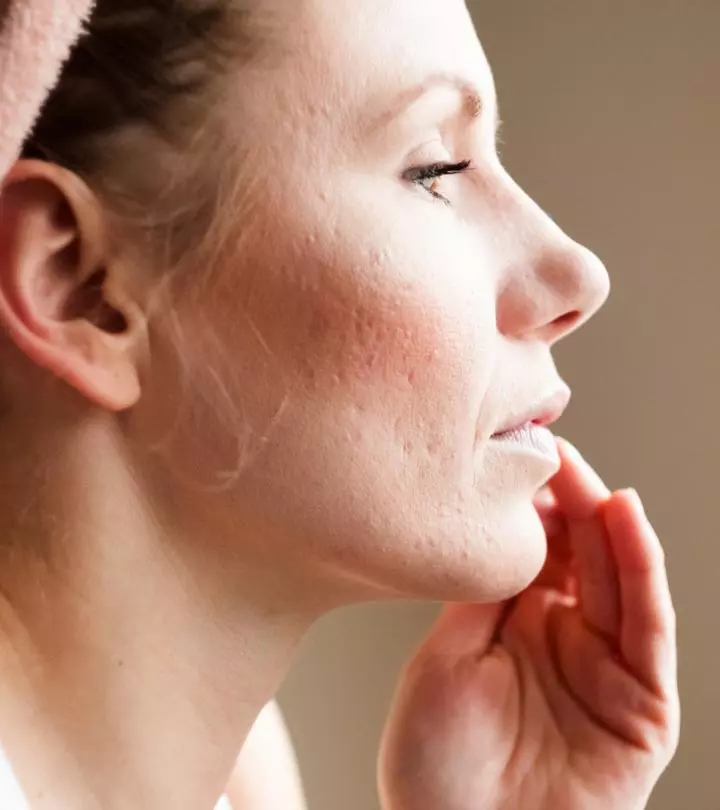
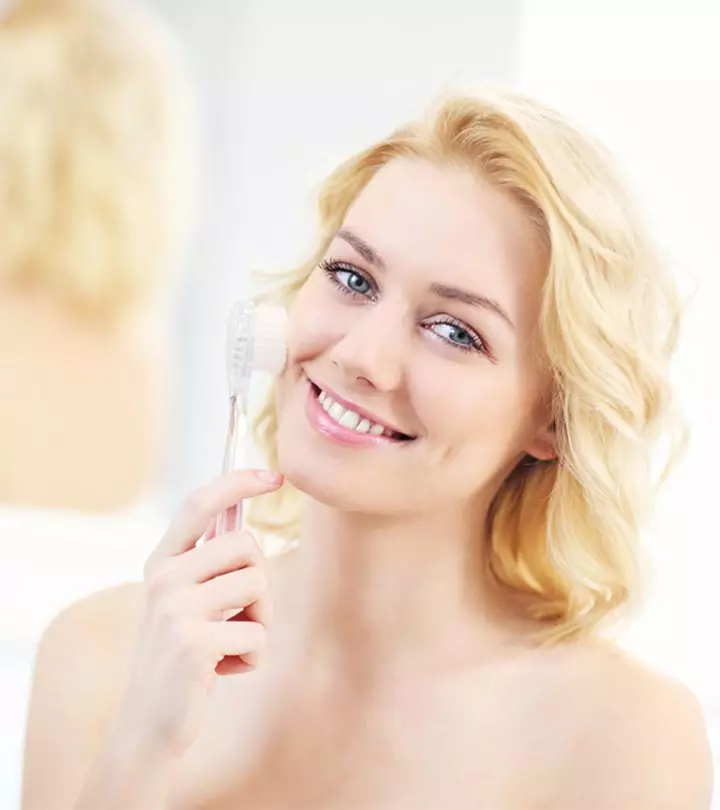
Community Experiences
Join the conversation and become a part of our empowering community! Share your stories, experiences, and insights to connect with other beauty, lifestyle, and health enthusiasts.